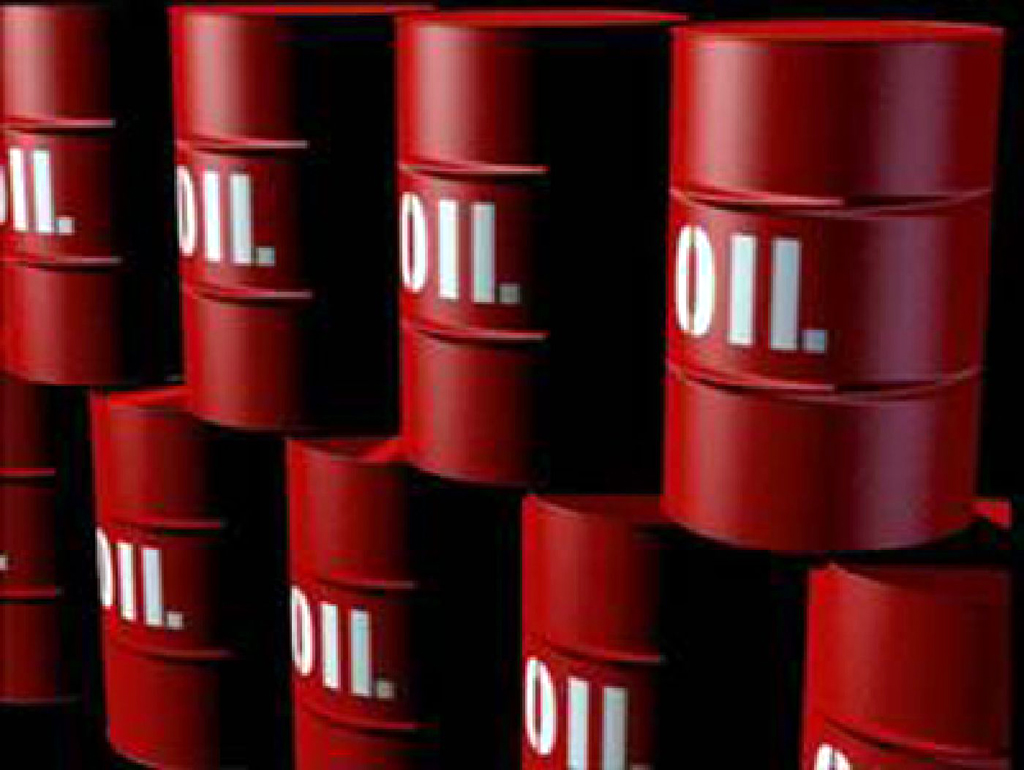 LONDON: Brent oil futures steadied under $74 a barrel on Friday as the market focused on bearish longer-term factors after gains in the previous session, which were driven by US crude inventories in at a major hub falling to their lowest in nearly four years.
LONDON: Brent oil futures steadied under $74 a barrel on Friday as the market focused on bearish longer-term factors after gains in the previous session, which were driven by US crude inventories in at a major hub falling to their lowest in nearly four years.
US West Texas Intermediate (WTI) crude futures were at $68.86 per barrel at 1321 GMT, down 10 cents from their last settlement, while Brent crude futures were at $73.55 per barrel, up 10 cents from their last close.
Crude stocks at the Cushing storage hub in Oklahoma fell by 1.3 million barrels to their lowest level since October 2014, helped to pushed Brent futures to close $1 a barrel higher on Thursday, data from the Energy Information Administration (EIA) showed.
But overall US crude oil inventories actually rose by 3.8 million barrels last week to 408.74 million barrels, the EIA data showed.
"Trade volume is pretty low in futures today. Yesterday you had a strong rebound supported by Cushing but there's not a lot else that is driving prices higher so we are seeing a bit of a correction," Olivier Jakob at Petromatrix consultancy said.
However, low stocks were still providing a floor as even with last week's rise, overall US crude inventories are below the 5-year average of around 420 million barrels.
"The sentiment is bearish with OPEC numbers. The spread structure is back in contango, which suggests the market is well supplied so there's a mismatch in timing with OPEC now raising output," Warren Patterson, commodities strategist at ING, said.
"Chinese demand from the independent refiners is also lower while the escalating trade war also doesn't help sentiment."
The US nonfarm payrolls rose in July but the US trade deficit recorded its biggest increase in more than 1-1/2 years in June as the boost to exports from soybean shipments faded and higher oil prices lifted the import bill.
The Commerce Department said on Friday the trade gap surged 7.3 percent to $46.3 billion.
Elsewhere, Russian oil output rose by 150,000 barrels per day (bpd) in July from a month earlier, to 11.21 million bpd, energy ministry data showed on Thursday.
Output by top exporter Saudi Arabia has also risen recently, to around 11 million bpd, and US production is around that level as well.
Saudi Arabia, Russia, Kuwait and the United Arab Emirates have increased production to help to compensate for an anticipated shortfall in Iranian crude supplies once planned US sanctions take effect later this year.
But a complete halt to Iranian supplies looks unlikely with Bloomberg reporting on Friday that China, Iran's biggest customer, has rejected a US request to cut imports from the OPEC member.
China's Unipec has also suspended purchases of US crude amid the growing trade row, sources said.





















Comments
Comments are closed.